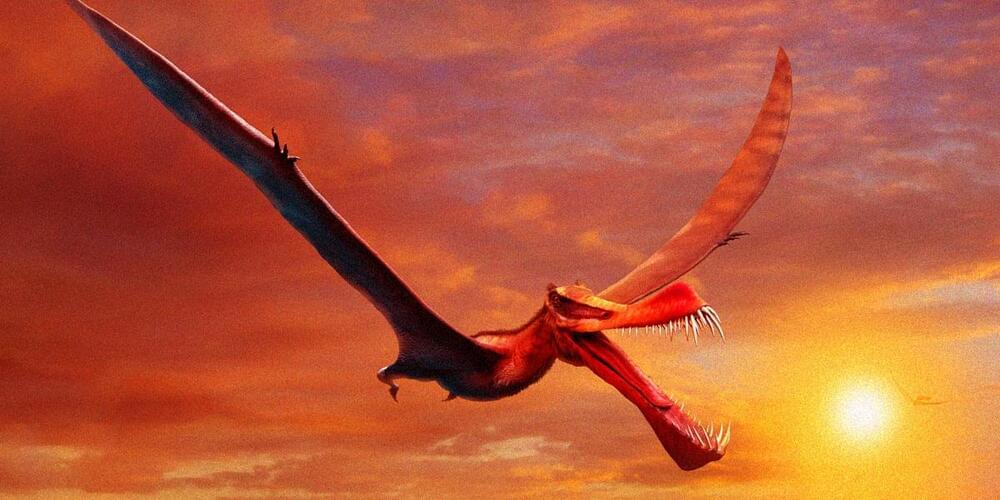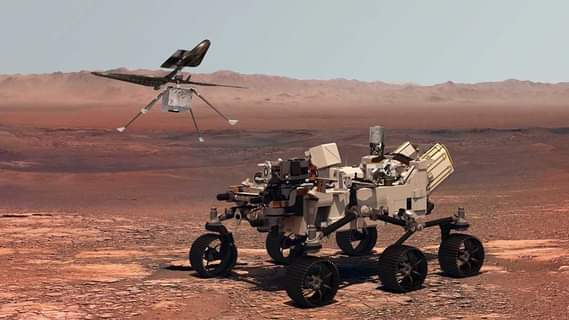There’s a lot that scientists still don’t understand about pterosaurs, CNET reports, especially because so few fossils have been found. But uncovering this new fossil helps explain how the admittedly terrifying creature lived, hunted, and flourished millions of years ago.
The fossil — a massive jawbone — suggests that the Thapunngaka shawi was a ferocious hunter. The 3.2 foot-long jaw likely held as many as 40 huge, sharp teeth. The creature had a wingspan of 22 feet and a neck longer than a giraffe’s that it used to balance its humongous head, according to CNET.
“This thing would have been quite savage,” study coauthor and University of Queensland School of Biological Sciences PhD student Tim Richards told the site. “It would have cast a great shadow over some quivering little dinosaur that wouldn’t have heard it until it was too late.”









